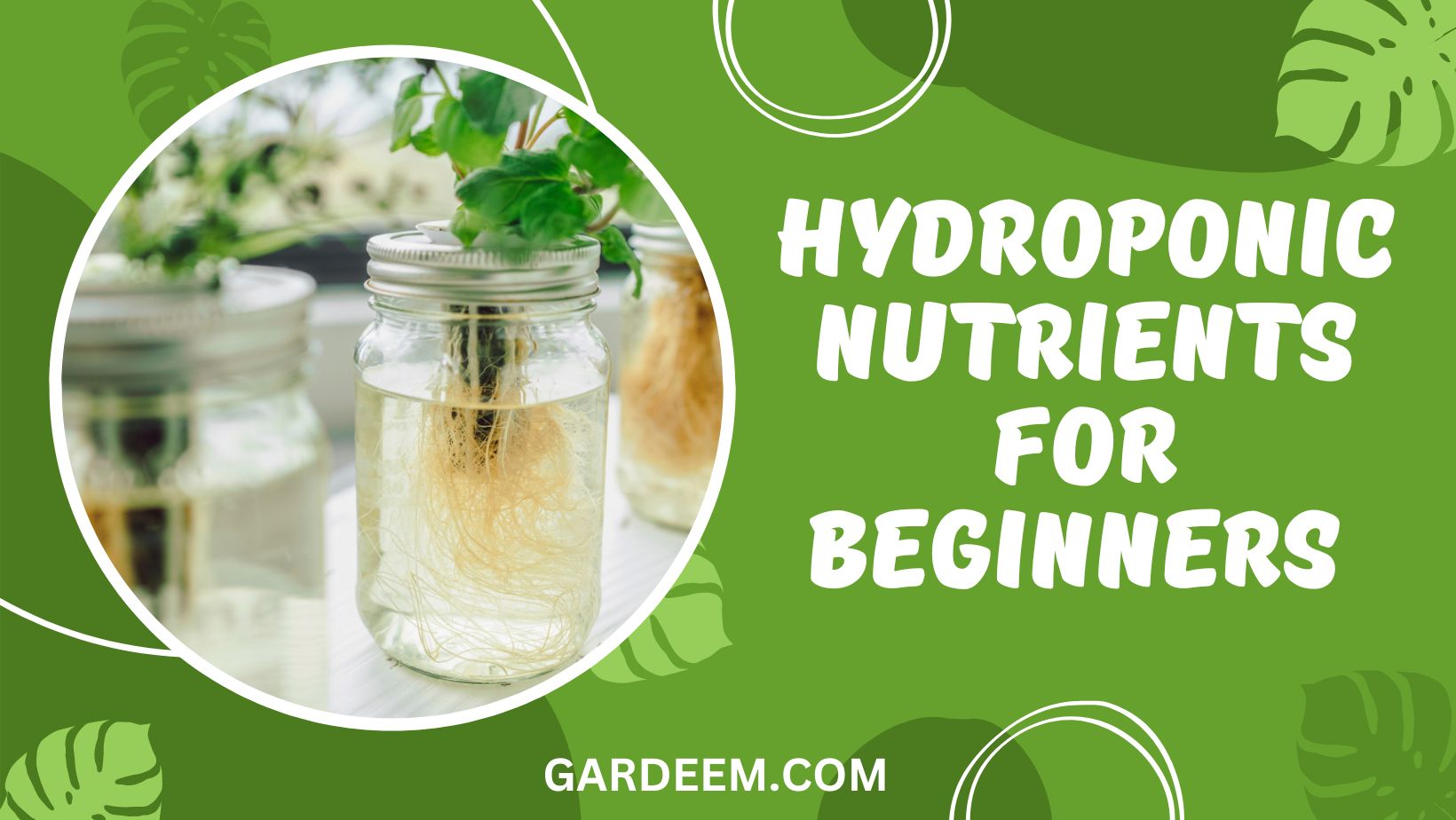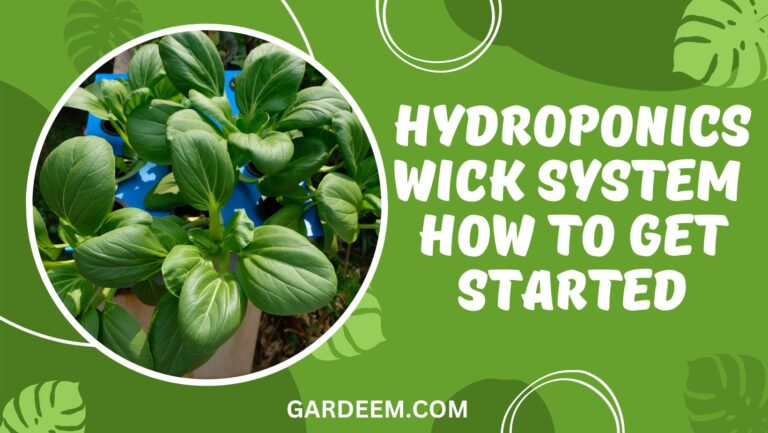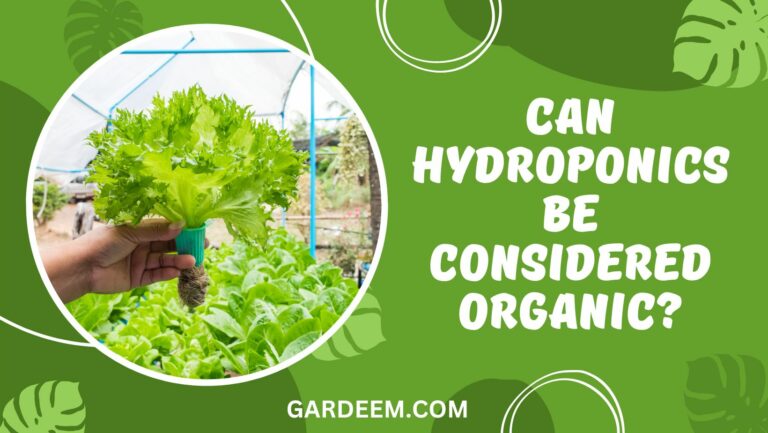
While hydroponic nutrients might seem intimidating at first, once you get your head around the basics then, it’s actually pretty easy to understand. To make things even easier, we’ve given a quick cheat sheet within the “How To Pick The Right Hydroponic Nutrients” that you’ll read later on. So without further ado, let’s get started!

Understanding Hydroponic Nutrients
If you’re new to hydroponic nutrients, you might be tempted to feel overwhelmed, thinking you need a PHD to understand the complexities of nutrients. Well, I’m here today to tell you this is certainly not the case. As you’re about to see, it’s actually straightforward, with only a few concepts to get your head around.
Basic Nutrients
We start with those things that are essential for your plants to grow; these are:
- Oxygen (O),
- Carbon (C),
- Hydrogen (H),
The good news is that these nutrients don’t need to be added to your system, as your plants will absorb them from the air and water.
Essential Nutrients for Hydroponics
Plants require various nutrients to grow and thrive. In hydroponics, there are six essential macronutrients and seven essential micronutrients that must be provided to plants in the correct proportions. Here is an overview of these essential nutrients:
Macro Nutrients
Up next are the macronutrients, which are nutrients that your plants need in large quantities and help promote growth.
- Nitrogen (N): Nitrogen is crucial for plant growth and is responsible for leaf development, chlorophyll production, and protein synthesis.
- Phosphorus (P): Phosphorus plays a vital role in energy transfer, root development, and flower and fruit production.
- Potassium (K): Potassium is involved in various plant processes, including water regulation, enzyme activation, and disease resistance.
- Calcium (Ca): Calcium is essential for cell wall structure, nutrient transport, and root development.
- Magnesium (Mg): Magnesium is a component of chlorophyll and is necessary for photosynthesis, enzyme activation, and energy production.
- Sulfur (S): Sulfur is required for protein synthesis, enzyme activation, and overall plant growth.
Nitrogen (N)
Nitrogen is, without a doubt, the absolute superstar when it comes to your plant’s development, including the development of leaves, stems and Chlorophyll which help the plants absorb light. Additional nitrogen is used during the growth stage of the plant’s story before it starts to flower or bear fruit.
There are some telltale signs that a plant is lacking in nitrogen, with the most obvious being that leaves look yellow rather than green and it’ll start to lose lower leaves.
You can also have too much nitrogen in your hydroponics system. This is much harder to detect as it’s not very obvious – the most evident sign is that your plant will struggle to flower or bear fruit.
Phosphorus (P)
Phosphorus is another essential nutrient that’s necessary for the development of your plants. Like nitrogen, phosphorus is used in the early stages of development and helps promote the growth of:
- Seeds
- Roots
- Flowering
- Fruits
You can tell when a plant is deficient in phosphorus, as the plants won’t be as tall as expected, and the leaves will be fragile. It’s tough to tell when a plant has had too much of the nutrient as one of the main problems is that too much phosphorus stops your plants from absorbing other nutrients, so it’s easy to believe that your plant is deficient in them rather than has too much phosphorus.
Potassium (K)
Next up, we have Potassium – another of the nutrients our plants need in large quantities to help with their development and reproduction. Unlike other nutrients, potassium doesn’t form compounds in plants, but rather it helps with the development of everything from photosynthesis to enzyme activation.
You can generally spot a deficiency as your plants will have yellow leaves, while the effects of having too much potassium are very similar to those of phosphorus.
Micro Nutrients
Micro nutrients are still crucial for your plant’s development. However, they aren’t needed in such large quantities compared to macronutrients.
- Iron (Fe): Iron is essential for chlorophyll synthesis, enzyme activation, and photosynthesis.
- Manganese (Mn): Manganese is involved in photosynthesis, nitrogen metabolism, and enzyme activation.
- Boron (B): Boron contributes to cell wall formation, pollen germination, and fruit development. The plant uses boron to help process calcium, which helps to develop cell membranes.
- Zinc (Zn): Zinc plays a role in hormone regulation, enzyme activity, and overall plant growth. Zinc is an excellent micronutrient to add to your system as it helps plants process nitrogen. Zinc is also used in the development of chlorophyll.
- Copper (Cu): Copper is necessary for photosynthesis, enzyme function, and reproductive growth.
- Molybdenum (Mo): Molybdenum is involved in nitrogen fixation and enzyme activation.
- Nickel (Ni): Although required in small amounts, nickel is essential for certain enzyme functions in plants.
Types of Hydroponic Nutrient Solutions
Hydroponic nutrient solutions are available in various forms, depending on the needs and preferences of the grower. The most common types of nutrient solutions include:
- Pre-Mixed Liquid Nutrients: These ready-to-use nutrient solutions come in liquid form and contain a balanced blend of macronutrients and micronutrients. They are convenient for beginners as they require minimal preparation.
- Powdered Nutrient Mixes: Powdered nutrient mixes are dry formulations that need to be dissolved in water before use. They often come in separate containers for the macronutrients and micronutrients, allowing growers to customize nutrient ratios based on plant requirements.
- Single-Part Liquid Nutrients: Single-part liquid nutrients are pre-mixed solutions that provide all the essential nutrients in a single bottle. They are simple to use and require no mixing of multiple components.
- Two-Part Liquid Nutrients: Two-part liquid nutrients consist of two separate bottles—one containing the macronutrients and the other containing the micronutrients. These solutions offer more flexibility in adjusting nutrient ratios and are often used in advanced hydroponic systems.
Choosing and Using Hydroponic Nutrients
When selecting hydroponic nutrients, consider the specific needs of your plants and the growth stage they are in. Different plants have different nutrient requirements, so it’s essential to choose a nutrient solution that matches those needs. Additionally, consider the water quality in your hydroponic system, as it can affect nutrient uptake by the plants. Here are some tips for using hydroponic nutrients:
- Follow the Manufacturer’s Instructions: Each nutrient solution will come with specific instructions on mixing ratios, dosage, and application frequency. It’s crucial to follow these instructions carefully to avoid over- or under-feeding your plants.
- Monitor pH and EC Levels: pH and electrical conductivity (EC) levels of the nutrient solution are crucial for nutrient availability and uptake. Regularly measure and adjust the pH and EC levels to ensure they are within the optimal range for your plants.
- Start with Lower Concentrations: When introducing nutrients to your hydroponic system, start with lower concentrations and gradually increase them as the plants grow. This approach helps prevent nutrient burn and allows you to observe how your plants respond to the nutrient solution.
- Maintain Proper Nutrient Balance: The balance of macronutrients and micronutrients is essential for healthy plant growth. Ensure that your nutrient solution provides a well-rounded combination of essential elements to avoid nutrient deficiencies or toxicities.
- Flush the System Regularly: Over time, salts and mineral buildup can occur in the hydroponic system. Periodically flushing the system with clean, pH-balanced water helps prevent nutrient imbalances and promotes healthy root growth.
- Monitor Plant Health: Keep a close eye on your plants for any signs of nutrient deficiencies or toxicities, such as yellowing leaves, stunted growth, or leaf discoloration. Adjust the nutrient solution accordingly if you notice any issues.
How To Pick The Right Hydroponic Nutrients?
When it comes to hydroponic nutrient solutions, you have a couple of options – you can mix your own formulas, or you can purchase pre-mixed solutions such as those featured in our guide to the best hydroponic nutrients.
When you buy pre-mixed hydroponic nutrients you’ll see percentages listed for the 3 most important nutrients contained within the solutions – these are usually Nitrogen (N), Phosphorus (P), Potassium (K) and the normal ration is 10% / 10% / 10% with the remaining 70% made up of water and micro nutrients. What you’ll find is that you can buy 3 part solutions where the ration will change depending on which stage of development your plant is in.
Conclusion
Understanding hydroponic nutrients is essential for successful plant growth in hydroponic systems. By providing the necessary macronutrients and micronutrients in the correct ratios, you can ensure healthy and thriving plants. Consider the specific nutrient requirements of your plants, choose the appropriate type of nutrient solution, and follow the instructions provided by the manufacturer. With proper nutrient management, you’ll be well on your way to enjoying the benefits of hydroponic gardening in 2023 and beyond.
The Bottom Line
So there you have it, our guide to hydroponic nutrients. Hopefully, this has now given you the confidence to start adding nutrients to your system as and when needed.

Hi, I’m Miles, the lead team member behind Gardeem.com. Besides being a passionate grower and writer, I’m a husband, father and grandfather to three! I started Gardeem in 2017 to provide simple and reliable gardening advice to everyone, regardless of their ability levels.






